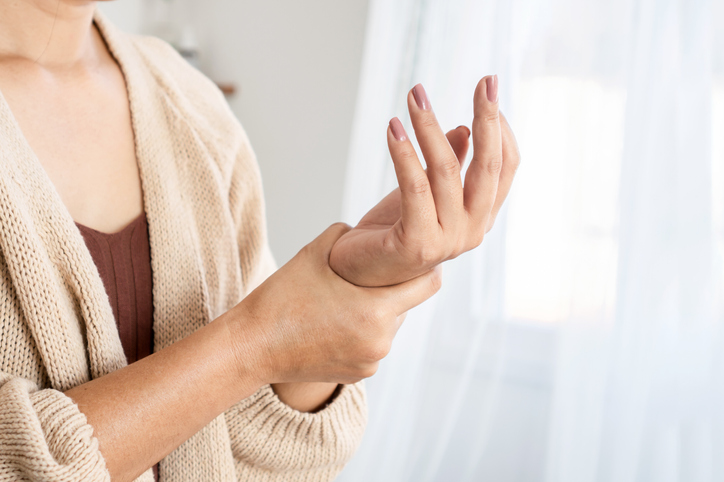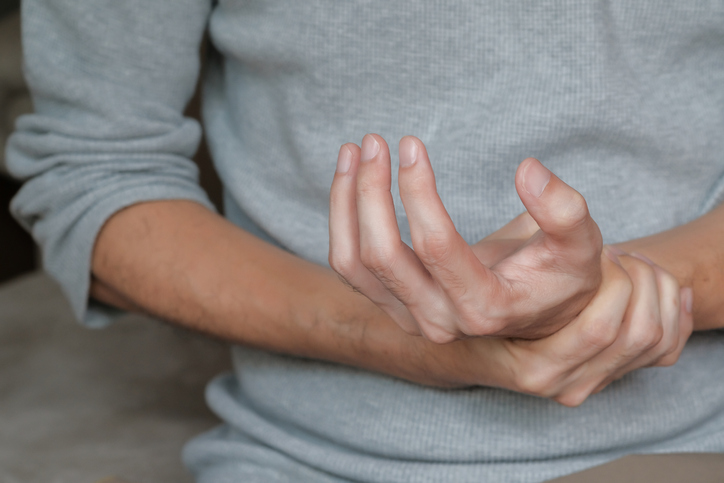
How common are hand injuries in Australia?
According to the Health & Safety Handbook, hand injuries account for almost 13.5% of all serious workers’ compensation claims, but they are way down the priority list for many companies. About 14,140 people had to take more than one week off work because of workplace injuries to the hand, fingers and thumb in 2015-16, according to Safe Work Australia (SWA)
What are some examples of hand injuries?
From Beth Israel Lahey Health, hand injuries can be split into three subcategories: sprains, bone injuries, and soft tissue and closed tendon injuries.
Sprains
Sprains are damage to the tissues that connect 2 bones. There are different sets of sprains from a minor tear to a complete rupture, this will help determine treatment and recovery time.
- Thumb Sprains- If you sprain your thumb, you could lose some or all of your ability to grasp items between your thumb and index finger or to grasp well with the entire hand.
- Wrist Sprains- the stretching or tearing of the ligaments connecting the bones in your wrist. The resulting injury is a wrist sprain.
Injuries to the Bone
Bones can be fractured and dislocated. A fracture is a crack or break in a bone. It is commonly referred to as broken bone. A dislocation is when a bone is pushed out of place so that they no longer line up correctly at the joint.
- Hand Fractures
- Finger Fractures
- Wrist Fractures- usually occur during a fall on the outstretched wrist. The angle at which the wrist hits the ground may determine the type of injury. The more the wrist is bent back (extension), the more likely the scaphoid bone will break. With less wrist extension it is more likely the lower arm bone (radius) will break.
- Dislocations of the PIP Joint- an injury to the joint above the knuckle, the proximal interphalangeal (PIP) joint. Injuries to the PIP joint occur when the finger is either hyperextended (forced backwards) or forced into flexion (downward into a bent position). Injuries to the PIP joint may include fractures, dislocations, and fracture-dislocations.
Soft Tissue and Closed Tendon Injuries
Tendons are a type of connective tissue that attaches muscle to bone. A common injury of the tendon is called tendonitis, an irritation of the tissue.
- DeQuervain’s Syndrome: caused by excessive wrist motion, especially repetitive rotating and gripping.
- De Quervain’s Tenosynovitis- overuse of the hand may eventually cause irritation of the tendons found along the thumb side of the wrist. This irritation causes the lining around the tendon to swell, making it difficult for the tendons to move properly.
- ECU Tendonitis- Extensor carpi ulnaris (ECU) tendonitis is an inflammation of the tendon that runs along the back of the wrist and is caused by repetitive twisting and backward flexion of the wrist.
- Boutonnière Deformity- an injury to the tendons that straighten your fingers. It occurs when your finger receives a forceful blow when it is bent. If the tendon on the top that attaches to the middle bone of the finger is injured by a forceful blow, it can sever the central slip from its attachment to the bone, in some cases, even popping the bone through the opening. People with a boutonnière deformity cannot fully straighten their fingers.
What are the related symptoms of Hand injuries?
There are many types of Hand injuries and all have their own symptoms. eMedicineHealth provides a list of symptoms for each major type of Hand injury.
Lacerations
- Tenderness (pain)
- Bleeding
- Numbness
- Decrease range of motion (difficulty moving)
- Weakness
- Pallor (pale or bloodless)
Fractures and dislocations
- Tenderness
- Deformity
- Swelling and discolouration
- Decrease range of motion
- Numbness
- Weakness
- Bleeding
Fractures and dislocations
- Tenderness
- Deformity
- Swelling and discolouration
- Decrease range of motion
- Numbness
- Weakness
- Bleeding
Infections
- Tenderness
- Local warmth
- Redness
- Swelling
- Fever (rare in hand infections)
- Deformity
- Decrease range of motion
Burns
- Tenderness or complete numbness
- Deformity
- Discolouration
- Loss of tissue
- Change in the texture of the skin
- Redness
- Blistering
- Black areas of tissue
High-pressure injuries
- Pain
- Swelling
- Occasional skin discolouration
What are the causes of Hand injuries?
Hand injuries are commonly caused by:
- Overuse or underuse
- Trauma or injury
- Other serious conditions
Safety Solutions lists the hand injuries that occur in the workplace, including:
- Using a sharp-edged tool
- Hands caught, crushed, jammed or pinched between objects
- Contact with powered hand tools and machinery
- A foreign body or object entering through the skin
- Contact with woodworking and forming machinery
- Struck by thrown, projected or falling object
- Contact with a non-powered hand tool
- Contact with metalworking machinery
- Hands caught, crushed or jammed in doors
- Contact with a powered lawnmower
What help is available for Australians with Hand injuries?
The available help will depend on the severity and the cause of the pain.
For pain that is acute, simple treatments are effective. Like strengthening exercises, hot or cold packs, medications, stretching, and massages.
If the cause of the pain has been treated but the pain continues, you should go to a medical professional who can help you determine the cause and the related treatment.
Super Claims Assists can help support you through the treatment.



